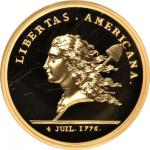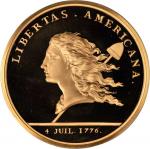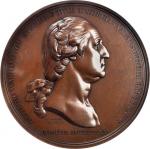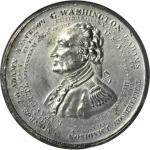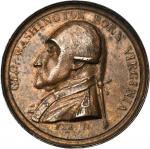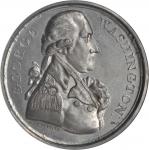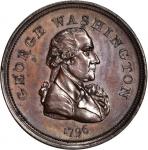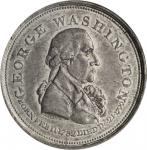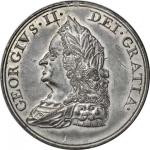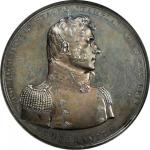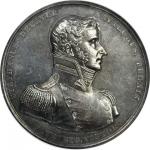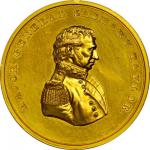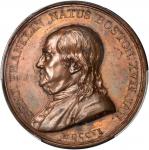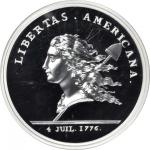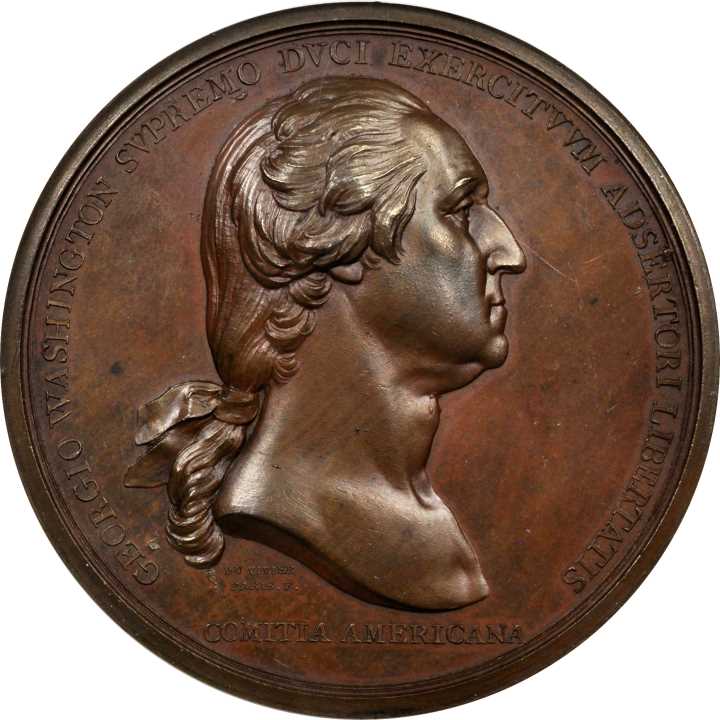The first medal authorized by Congress.</em><em></em>The offered Washington Before Boston medal is the finest the writer (QDB) has ever seen, from an estimated 25 to 40 bronze originals known. It was a highlight in our (Stacks) sale of the celebrated John J. Ford, Jr. Collection, Part II, and is a highlight of the present offering.The medal is rich brown in color, as made, a Superb Gem <em>Proof</em>. PCGS and NGC have chosen to use Mint State as a standard, but none of these were ever struck with frosty surfaces. We also noted this in connection with the companion (in a way) Libertas Americana medals also offered in this sale. Of the original Washington Before Boston medals known, the vast majority show signs of handling. The present specimen is a remarkable exception.In 2006 co-author Katherine Jaeger and I guessed that when all of the votes were in, this would be the number two winner for our <em>100 Greatest Medals and Tokens</em> book. And it did come in second, behind the Libertas Americana.This classic Revolutionary War medal was voted to General George Washington for his achievement of routing the British from Boston on March 17, 1776. As Robert Julian has noted, "There has been more interest in this medal than perhaps any other struck in this country." Washington had already assumed the presidency when he received his French-made gold strike from the hands of Thomas Jefferson on March 21, 1790.Parisian engraver Pierre Simon Duvivier took his portrait for Washingtons award from the only source available to him, the Jean Pierre Houdon bust modeled by Washington when Houdon visited Mount Vernon in 1785. This profile was widely copied by dozens of later artists and engravers, including C.C. Wright and the Lovett family. John Flanagan adapted it for use on the Washington quarter dollar in 1932, and a caricature of this portrait, with "improvements" made in modern times by the Mint staff is currently used.Duviviers reverse scene showed a realistic portrayal of Washington and his troops overlooking Boston from a cannon emplacement on Dorchester Heights. On March 19, 1776, in a letter to the President of Congress John Hancock, Washington stated he believed it was the construction and manning of this installation that ultimately frightened the British to evacuate the city after an 11-month occupation. It is interesting to contemplate today that British troops occupied Boston and also New York City for a time during the Revolution.According to Mark Jones in <em>The Art of the Medal</em>, "The American War of Independence provided French medalists with a unique alternative to the normal run of official commissions and the opportunity to evolve a style fit to express [new] ideas." The task placed Duvivier, the favorite engraver of King Louis XVI, in the delicate position of having to create Revolution-themed designs while at the same time professing loyalty to his monarch. After Frances own revolution came to a head and the "citizens" took over in 1789, they stripped Duvivier of his mint position in spite of his work for the United States. In fact, this happened around the same time his Washington medal dies were completed, since a specimen of this medal was displayed at the Royal Academy of Paris even before presentation to Washington, in late 1789.Beginning immediately after the striking of the gold presentation medal, the Paris Mint made impressions in silver and copper. The presently offered medal is one of these -- and is very rare as such. A demand for restrikes arose, but the original reverse broke in the 1790s. The replacement die used to make later strikings bore a die-cutting error: Roman numerals on the exergue read 1276 instead of 1776. To correct this, the numerals were repunched, creating an overdate. In 1861, the Philadelphia Mint sought and failed to acquire the dies, so in 1863 Mint Engraver James Longacre hubbed copy dies from a French specimen, from which more pieces were struck. An example from Longacres dies (Baker-49) is offered below, followed by an even later Philadelphia Mint restrike (Baker-49B) from a new set of dies created by Charles E. Barber.A comprehensive study of this medal and its variants can be found in "The Washington before Boston Medal," by George J. Fuld, <em>Token and Medal Society Journal</em>, September-December 1963.,,,Ex F.C.C. Boyd; our (Stacks) sale of the John J. Ford, Jr. Collection, Part II, May 2004, lot 50.



